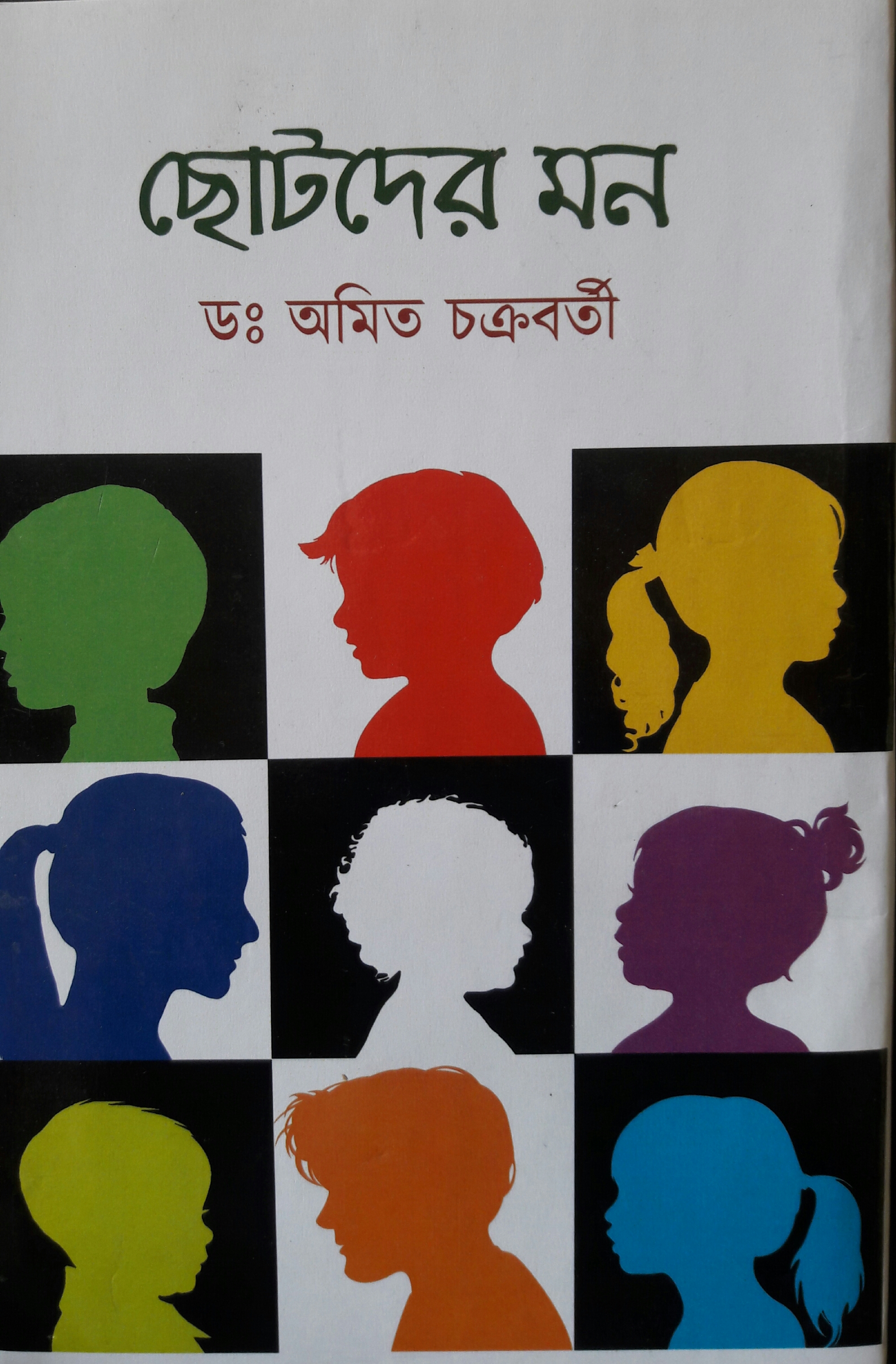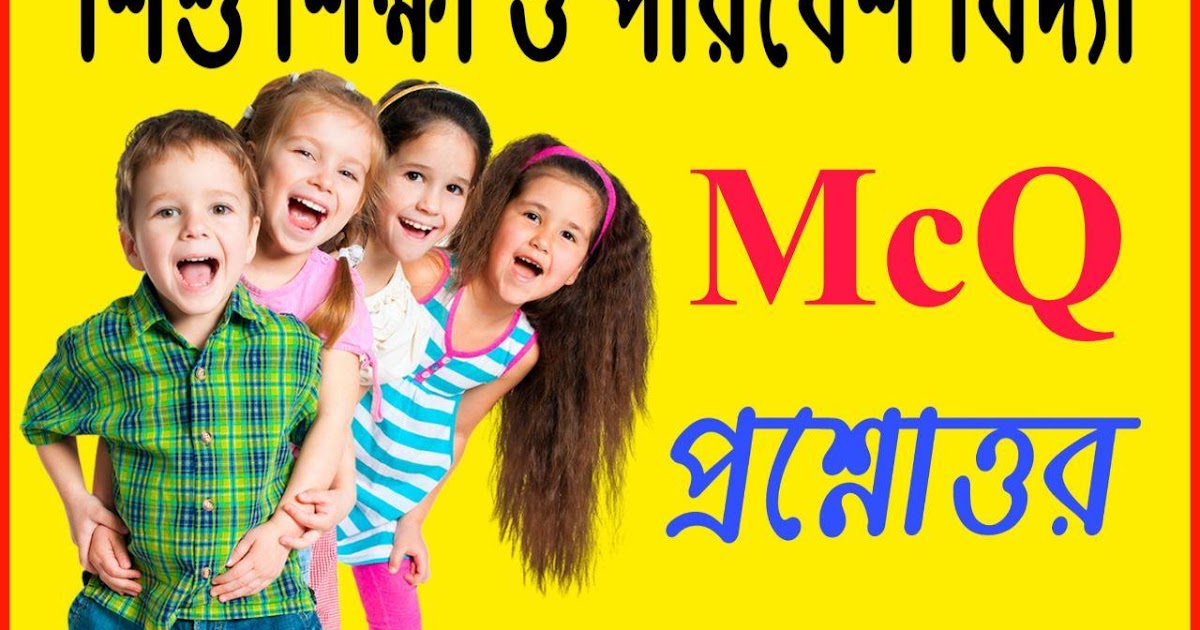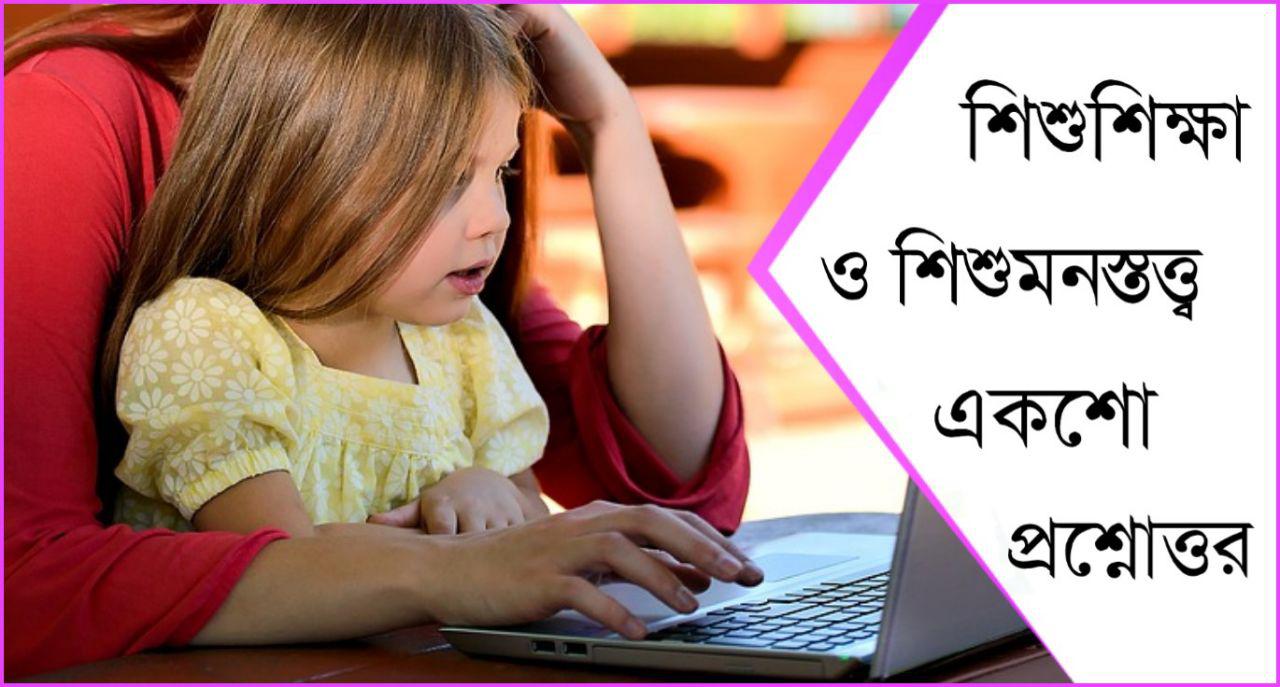



In colonial Bengali literature, the middle-class child occupied the center stage as the future citizen subject if male and the “good” mother and housewife if female. Nineteenth-century Bengal witnessed the emergence of the “respectable middle class” (the bhadralok) -a heterogeneous body of upwardly-mobile cultural community of professionals, bureaucrats, and servicemen acting as intermediaries between the British rulers and the Indian populace. 2 Bengal, with Calcutta (now Kolkata) as the imperial capital until 1911, was the major cultural, commercial, and educational center in British India. Categorized by various subjects such as philosophy, psychology, ethics, religion, sociology, technology, poems, plays, and stories this vast repertoire of texts represents the works of the “respectable” Bengali middle class who envisioned through their writings a reformed family, an ideal woman, and a “perfect” child. 1 The bibliography contains 5060 entries of books and 133 entries of contemporary journals and periodicals on or for children. In 1962 the National Library of India compiled a bibliography of children’s literature in Bengali that spanned the period from 1818 through 1962. 3 Although the focus of this paper will be confined to the colonial period it may be worth mentionin (.)ġThe National Library of India, formerly known as the Imperial Library (formed by merging a number of Secretariat Libraries in 1891) in colonial times, first opened up its children’s section in 1960.2 Divided into several categories the Bibliography lists 13 entries under Philosophy, Psychology, Et (.).1 In 1962 the Indian Library Association adopted a unanimous resolution for compiling a bibliography (.).

Was Bengali children’s literature an epistemological space based on colonial difference created by the colonized subject or was it a derivative discourse and if so, to what extent? Engaging with the contents of the periodicals, my paper asks to what extent the articulation of different themes in the diverse genres of children’s literature was tied to the projects of colonial and postcolonial modernity. The confluence of different literary styles, genres, and writers in the periodicals prove particularly instructive in locating the authors' concern with class, gender, national identity, modernity, and progress. My paper focuses on the 19th-century periodical literature for children that became an equally important vehicle for shaping the minds of children and the ideas and cultures of childhood in colonial India. With Calcutta as the imperial capital of the British until 1911, this Bibliography on Bengali literature represents the works and engagements of the burgeoning Indian middle class who envisioned through their writings a reformed family, an ideal woman, and a "perfect" child. In 1962 the National Library of India, known as the Imperial Library under the British Raj, compiled a bibliography of children’s literature in Bengali that listed 5060 books and 133 periodicals published between 1818-1962. Children’s Literature in Nineteenth Century India: Some Reflection and Thoughts.


 0 kommentar(er)
0 kommentar(er)
